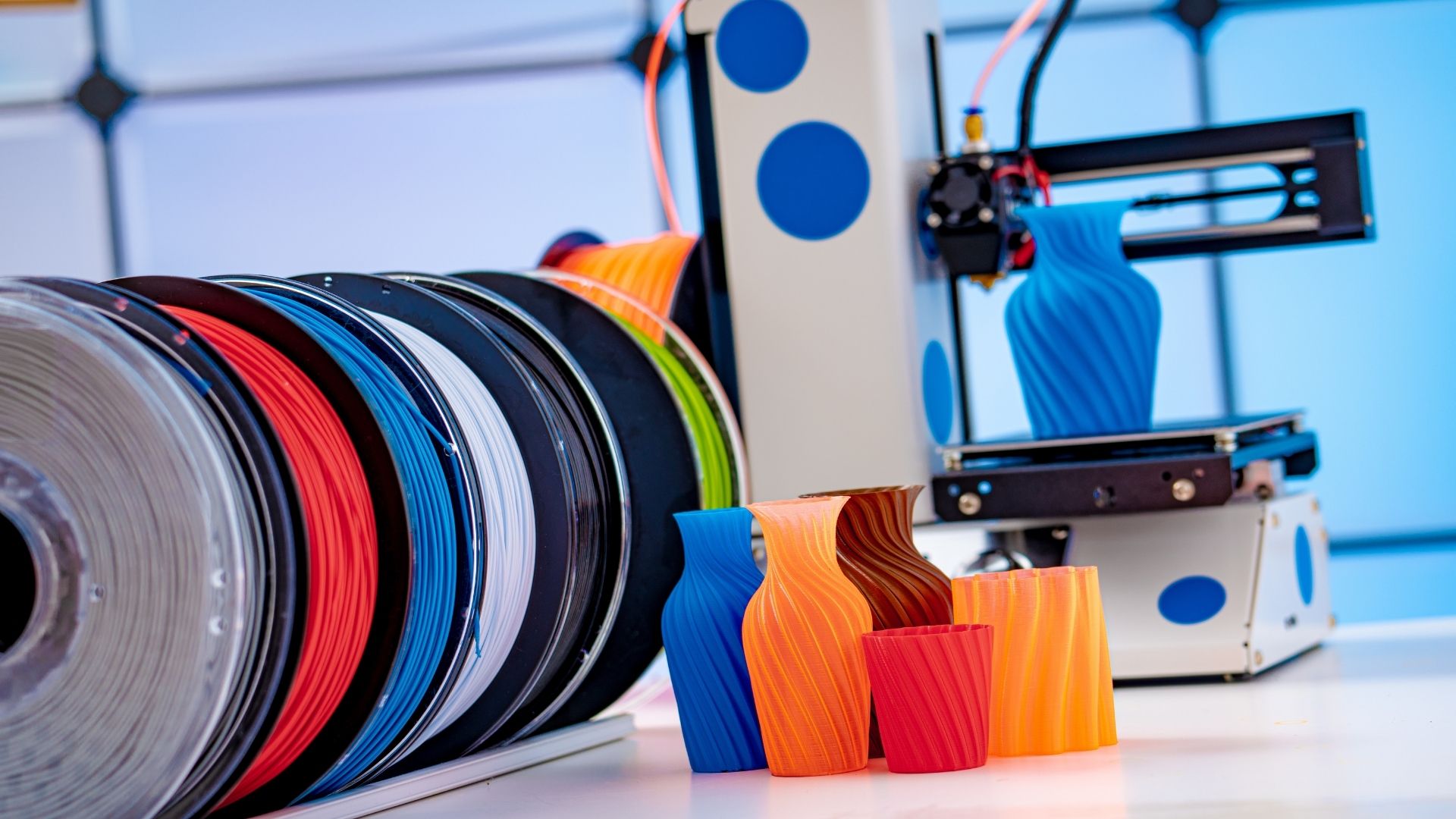
A Look at the Different Densities of 3D Printing Materials
There’s so much to learn about 3D printing materials. Come and find out what to look for when examining the different densities of 3D printing filaments.
844-810-1385

The world of 3D filaments is a vast one. They can be used in high-quality manufacturing processes, the creation of detailed product models, and so much more. 3D printing has limitless possibilities. So, if you’re going to use these materials for your own project, you must know about your fundamental options. These are some of the different types of 3D printing filaments and the benefits each can bring to your finished product.
Polylactic acid (PLA) filaments are among the most popular 3D materials on the market. They were created with strength in mind. They’re durable and easier to print than other varieties. It’s important to note that PLA has a lower printing temperature, which protects it from shrinking or warping during the printing process. However, keep in mind that PLA’s flexibility is generally low. As such, it isn’t the recommended choice for items meant to bend.
If PLA is the most popular filament, polyethylene terephthalate glycol—otherwise known as PETG—is a close second. It rivals PLA in terms of strength and durability and is also a great general-use material for crafting ideal models. However, PETG is notably more flexible than PLA, which makes it a better fit for printing functional objects. When you’re using PETG, be careful to minimize potential exposure to moisture as this can cause the surface to deteriorate.
Thermoplastic polyurethane, or TPU, is perfect for items with superior durability and flexibility. When raw, this material leans more rigid, which makes it easier to print on most printers. But, once crafted, it’s very soft and stretchable, allowing it to hold up against all manner of physical stress. Its rubber-like texture also helps it maintain its elasticity in colder temperatures.
Another type of 3D printing filament to know about is the nylon-based series. Nylon acts as a durable base and combines well with a plethora of different materials including glass, carbon fiber, and Kevlar. As a result, these materials have a diverse range of uses that cover several different industrial and crafting industries. Nylon offers quality strength and flexibility as well, which further expands the creative endeavors in which it can be used.
Carbon fiber filaments are a great option if you’re looking for something lightweight. They’re strong and durable, so they’re great for functional products—particularly sports equipment. However, its rough texture has the potential to damage incompatible 3D printers. So, double-check your printer’s capabilities before purchasing this material.
For more information about these filaments or any others reach out to Filamatrix. As professional 3D filament suppliers, we not only provide all these same materials, but we also strive to be a wonderful source of research for anyone looking to invest. Each of our filaments are carefully tested for strength flexibility and thoroughly inspected to ensure they yield the best possible results for you. Feel free to contact us today.

There’s so much to learn about 3D printing materials. Come and find out what to look for when examining the different densities of 3D printing filaments.

Those interested in 3D printing have a lot to learn on how to use the system properly. Find out what you need to know about 3D printing and humidity levels.

3D printing has many variables that both beginners and experts need to know. Find out what effects temperature has on 3D printer filament.
Get professional insights, industry news, and our latest deals